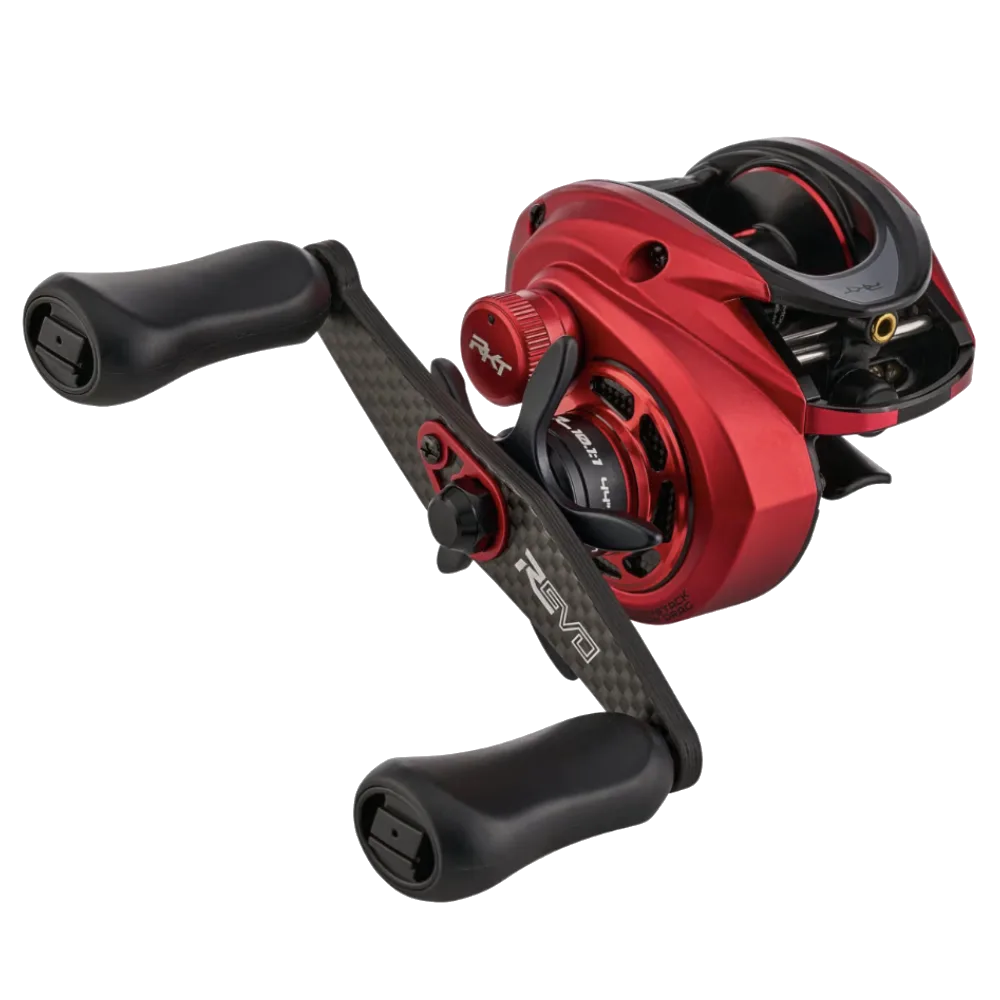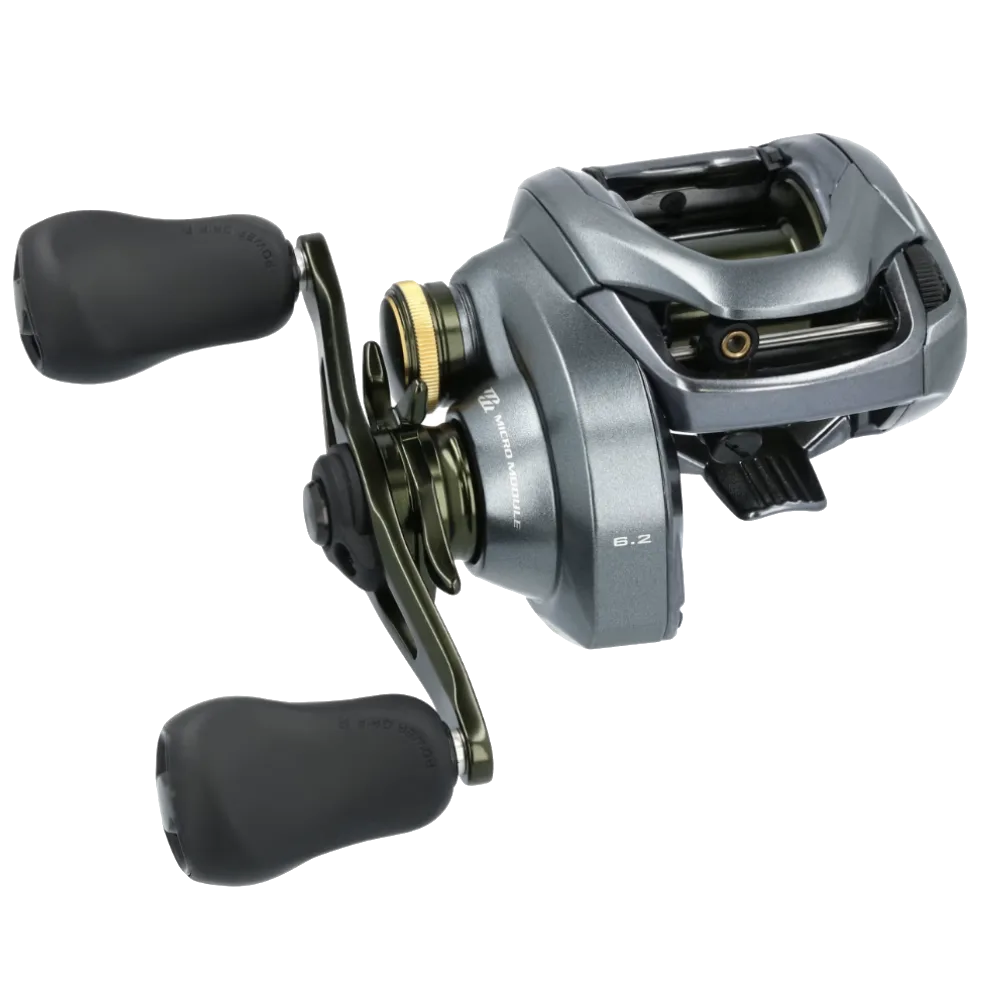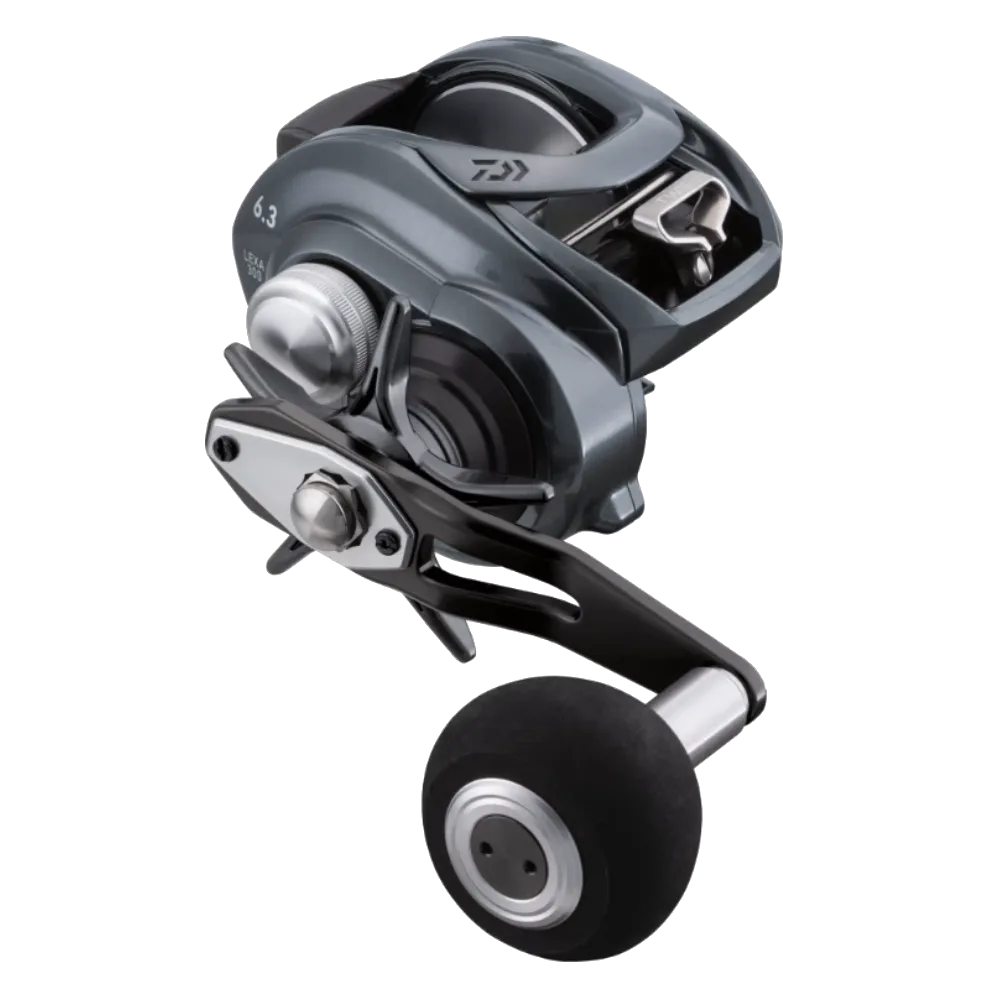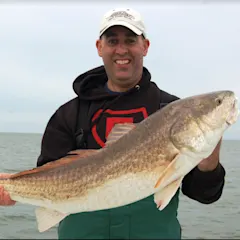We may earn revenue from the products available on this page and participate in affiliate programs. Learn more
When I first started fishing in the 1980s, baitcasting reels were mysterious and a little bit daunting. The old-timers told us tales of monstrous “bird’s nests” and “backlashes,” which they euphemized as “professional overruns.” Because the spools of baitcasting reels spin freely—unlike that of spinning reels—any difference in speed between the spool and the line leaving it can result in a massive tangle. Furthermore, they were only suited for casting comparatively heavy lures at that time. So the choice of baitcaster versus spinning reel often boiled down to just lure size.
Fortunately, the old-timers’ tales and warnings proved to be a bit overblown. Yes, backlashes occurred, but all types of fishing reels have their own sets of problems. Today, even mid-priced reels are better than the state-of-the-art models from when I started and the best baitcasting reels—from Abu Garcia, Daiwa, Lew’s, and Shimano—are works of art.
Best Overall: Abu Garcia Revo Rocket
Best for Big Baits: Daiwa Lexa TWS 300
Best Budget: Lew’s American Hero Speed Spool
Best Saltwater: Shimano Curado DC
Best Overall: Abu Garcia Revo Rocket
Specs
Gear Ratio: 10.1:1
Retrieve Speed: 41 inches per turn
Bearings: 10 HPCR ball bearings, plus one roller bearing
Pros
Lightning fast retrieve
Smooth cranking power
Compact but durable
Cons
All focus is on speed
Abu Garcia has been a leader in producing some of the best fishing reels in the world for decades. They were at the front of the pack when it came to escalating the gear ratio arms race, setting the standard at 7:9:1 before hitting 9:1 and now 10:1. The Revo Rocket weighs a mere 7.3 ounces, yet it packs in 10 HPCR (High Performance Corrosion Resistant) bearings plus a roller bearing. That keeps it smooth at any speed without sacrificing the torque needed to winch on big fish.
The speed, combined with the reel’s ability to cast exceptionally light lures without risk of backlashing, makes it a great choice for pitching Senkos and Texas Rigs. It also serves well for casting light topwater baits, even into the wind. The Revo Rocket is available in otherwise-equally-outfitted left hand and right hand retrieve versions. Both are red to connote their blazing fast speed.
Best for Big Baits: Daiwa Lexa TW
Specs
Daiwa’s T-wing System
Single knob Power Handle
8+1 bearing system
Pros
Lightweight but heavy-duty
Consistent casting with the TWS
Single-knob allows for greater precision
Cons
Less gear ratio options for lefty anglers
Daiwa reels have a devoted following among swimbait and glide bait enthusiasts throughout the world. Their Lexa series incorporates the “T-shaped” line guide that allows the line to flow smoothly. This maximizes distance, backlashes, and prevents sudden lurches that may cause your line to seize up and snap.
The Daiwa Lexa, which comes in 6.3:1, 7:1, and 8:1 gear ratios (although only the middle speed is represented in a left-hand retrieve), is notable for its single-knob 70mm adjustable power handle. This handle allows anglers to execute precise quarter and half-turns to eke every bit of life out of their oversized lures. This eight-ball-bearing tool has the heft and construction to handle the largemouth of a lifetime or the massive striper that happens to wander into your strike zone.
Best Budget: Lew’s American Hero Speed Spool
Specs
One-piece composite frame
Five bearing system
6.4:1 or 7.1:1 gear ratios
Pros
Price
No-nonsense
Comfortable bowed handle and Lew’s paddle knobs
Cons
Obviously not as high-tech as other offerings
Lew’s venerable brand of baitcasting reels claimed a large share of the market since being brought back to life about a decade ago. This is due to their versatility, durability, and the company’s values. For only $64.99, this budget fishing reel is anything but bare bones.
All three models—right hand retrieve in 6.4:1 and 7.1:1, and a left hand retrieve in 6.4:1—weigh a mere 7.2 ounces. Each has a total of five bearings. The reel features a comfortable bowed handle and two paddle knobs. This combo will fit a wide range of hand sizes from little kids up to full-blown Bubbas. Whether you’re just starting out or need to develop a 10-reel arsenal, this is a budget-minded option that still delivers. Making it even better, a portion of the profits from every reel goes to support U.S. military veterans.
Best Saltwater: Shimano Curado DC
Specs
“Cast Smart” Control technology
Lightweight carbon alloy body
6+1 bearing system
Pros
Spool speed measured every 1/1000 of a second
Easy casting with fewer backlashes
Computer control that makes a difference
Cons
11l bs. of drag, at a high price point
Most of the past attempts at creating computer-controlled reels aimed at gauging how much line was out. Most of them proved to be horribly unpopular pieces of fishing gear with ardent bass anglers. In this computer-controlled baitcasting reel, however, Shimano has a winner.
With only minimal angler input, a microcomputer assesses spool speed every 1/1000 of a second to adjust for lure weight and wind. While it doesn’t eliminate backlashes completely, they occur far less frequently. That means you can throw light lures directly into a headwind without the fear of blowing up your entire spool. Once you get used to the distinctive “whir” while casting, you’ll find the Shimano Curado DC indispensable. It comes in 6.2:1, 7.4:1, and 8.5:1 gear ratios, all of them available in both left and right handed retrieves.
What Has Changed Over the Years in Baitcasting Reels
Why have baitcasting reels improved so much? It’s not just a matter of better components. Reels have become more specialized, where appropriate, and a better fit for each individual angler’s needs.
First, historically the handle on most baitcasters was on the right side. This differs from most spinning reels, where the handle can be switched from one side to the other. That meant that the typical right-handed angler would have to cast with their dominant (right) arm, and then switch the rod to the other hand to start the retrieve. For lures that required immediate retrievals, this was a huge disadvantage. Similarly, if a bass ate the lure on the way down, it could often expel it before the angler could feel the strike.
Second, there is now a far greater range of gear ratios, from super-slow all the way up to a blazing 10:1. A generation ago, most baitcasting reels were in the 5:1 to 6:1 range.
Today’s baitcasting reels, even saltwater baitcasters, are made of varying materials. They are typically much lighter than their predecessors, even if they feature more bearings. This allows them to balance with today’s increasingly lightweight baitcasting rods.
Finally, there are plenty of baitcasters that serve a wide variety of purposes and applications. But there are specialty reels made for techniques like “Bait Finesse” and others reserved for specific line types, such as braid.
How We Picked the Best Baitcasting Reels
When making our picks for best baitcasting reels, we considered many factors including the quality of the construction, the offered gear ratio, and the number of bearings offered in each reel. We also considered factors like speed, power, and how smooth each reel casts and retrieves.
What To Look for in a Baitcasting Reel
First and foremost, you want a baitcasting reel that fits your hand properly. While there are still some round-bodied reels on the market, most of today’s offerings have a low profile which allows them to be palmed.
Go to the fishing reel counter of your local Walmart or tackle store and handle a few. Bring the baitcasting rod that you’re likely to use it with to check for good balance. Feel the handle length, shape, and composition of the knobs to see if they’ll leave blisters or otherwise be uncomfortable. Remember, this is a fishing tool and as such, it should be ergonomic.
Second, consider retrieval speed. For tactics where the reel manipulates the lure, like spinnerbaits and crankbaits, you generally want something in the 5:1 to 7:1 range. For lures that you manipulate with the rod and then reel in the slack, or where you’ll be making short pitches, go with a faster reel so that you can make more casts and not waste time in barren areas.
Finally, consider the components. More bearings and better drag systems cost money. If you’ll need them, buy the best you can get to avoid replacing the reel after limited use. A single manufacturer may have multiple reels with similar frames at wildly different price points. Assess the reason for those differences and whether it makes sense for you to spend more or less on a given reel.
FAQs
Q: When is baitcasting better than spinning?
A decade or two ago, many bass anglers used 10-pound test line as the swap-over point, going with spinning for anything at or below that mark and baitcasting for anything at or above that mark. Now there are powerful spinning tools and baitcasters that excel at finesse.
If you’re not an experienced caster, you may want to err toward spinning when casting into a wind or using lighter lures, but that’s no longer a hard and fast rule. Baitcasting reels to allow you to make more casts in the course of a day because you disengage the spool with a press of your thumb, rather than having to flip a bail. Most serious flippers and pitchers also use baitcasting gear because you can re-engage the reel more quickly, allowing you to set the hook on a fish that eats your lure before it hits the bottom.
Q: What baitcasters do the pros use?
Professional bass anglers, who typically put their fishing gear through torture tests, want the best reels they can get. They want to be sure that their reels won’t fail in tournament competition. Most use a wide range of retrieve speeds, although they vary in their particular preferences.
For many years, Shimano, Daiwa, Abu-Garcia, and Quantum were the most frequently cited among tournament winners, but over the past decade Lew’s has come on strong and taken over a wide swath of the market. Now there are other brands including 13 Fishing, KastKing, Ardent, Favorite, Okuma, and Duckett making waves in this market. Even brands that have historically been saltwater-focused like Penn have viable tools for the bass world.
Q: What is the best baitcasting reel on the market?
The best baitcasting reel on the market depends on your particular needs. While there are bespoke and highly-customized versions, many of them from the Japanese market, at over $500 (and indeed, many of them start at over $1,000 in limited runs), you should be able to get a durable and tournament-ready model for less than $200.
Go to the reel counter of your local store and handle them all to see which one fits you the best. Ask other anglers in your area which they use and why. There’s no single right answer, and ultimately your choice should be determined by the features that matter most to you, as well as your budget.
Final Thoughts
Today’s reels are far lighter than their predecessors, with many in the 6 to 7-ounce range. They are more technologically advanced, too. Nevertheless, their overall function hasn’t changed much since the turn of the century. The best baitcasters have tight tolerances, little slop, and balance well with a wide range of rod choices. There’s no reason to be afraid of getting your first one, or of building a quiver full of specialized tools. The answer to the question of “What’s the best baitcasting reel for any particular purpose” has a wide range of answers.
Why Trust Us
For more than 125 years, Field & Stream has been providing readers with honest and authentic coverage of outdoor gear. Our writers and editors eat, sleep, and breathe the outdoors, and that passion comes through in our product reviews. You can count on F&S to keep you up to date on the best new gear. And when we write about a product—whether it’s a bass lure or a backpack—we cover the good and the bad, so you know exactly what to expect before you decide to make a purchase.






